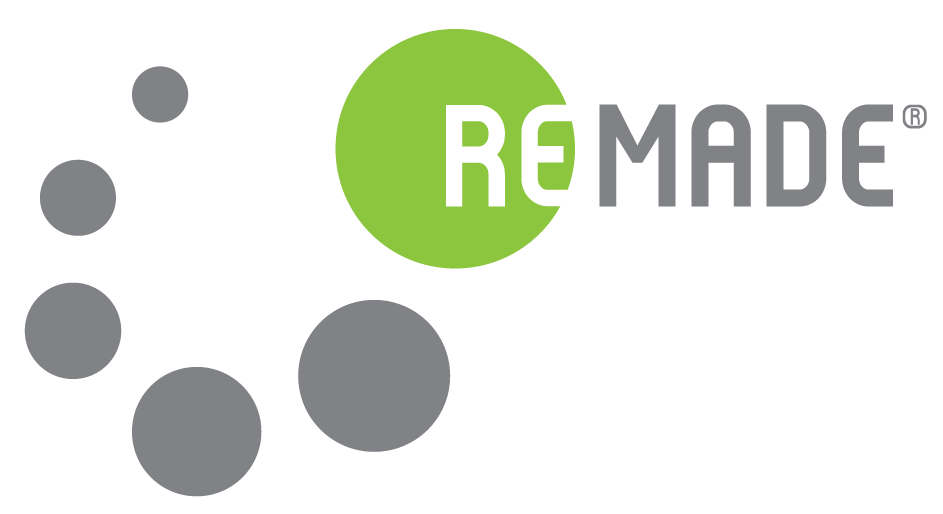An extended producer responsibility (EPR) scheme includes those measures aimed at ensuring that producers of products bear the financial responsibility—or both financial and organizational responsibility—for the management of the stage of the product’s life cycle when it becomes waste.
Article 178-bis of the Italian Environmental Code provides, on this topic, that established EPR schemes must include appropriate measures to encourage the design of products and their components in a way that reduces their environmental impact.
These measures encourage, among other things, the development, production, and marketing of products and product components that are suitable for multiple uses, contain recycled materials, are technically durable and easily repairable, and that, once they become waste, are suitable for preparation for reuse and recycling, in order to promote the correct implementation of the waste hierarchy.
Therefore, the measures take into account the impact of the entire life cycle of products.
EPR systems are established by ministerial decrees, taking these principles into consideration.
The push for the introduction of extended producer responsibility systems also comes from the European Union.
On September 9, 2025, the European Parliament definitively approved the proposal to amend the so-called Waste Directive (Directive 2008/98).
In particular, the new Directive 2025/1892 (published in the EU Official Journal on September 26, 2025) provides for the introduction of an extended producer responsibility scheme for textile products, under which Member States must ensure that producers assume extended responsibility for textile products, products similar to textiles, and footwear (including mattresses).
Textile product producers will also be required to improve product design with regard to recycled content.
The European strategy emphasizes the importance of making producers responsible for the waste generated by their products. The main objective of these rules is to create an economy for the collection, sorting, reuse, preparation for reuse, and recycling of textile products, as well as to introduce incentives for producers to design their products in line with circularity principles.
Member States must ensure that textile producers cover the costs related to the collection of used and waste textile products, and the subsequent waste management processes, including the collection of used products for reuse, and the separate collection of waste products for the purposes of preparation for reuse and recycling.
Producers must also bear the costs related to research and development to improve product design, particularly in the aspects covered by the Ecodesign Regulation (including recycled content), as well as waste prevention and management operations, with the aim of expanding fibre-to-fibre recycling.
It is noted that a draft Italian regulation for the establishment of the textile EPR scheme was already submitted to the European Commission in July 2025.

